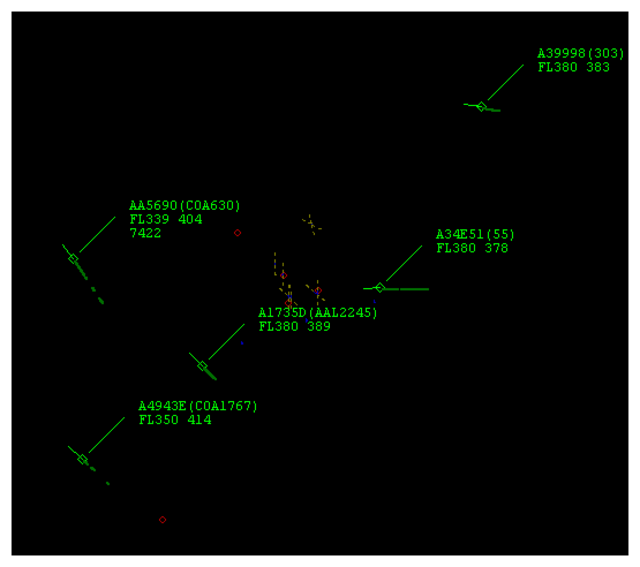AOPA’s Annual Safety Report Shows Rise In Accidents, Decline In Fatalities
The annual report reveals an increase in total accidents and flight hours, while fatal accidents continued to decrease for calendar year 2022.

NTSB
The Aircraft Owners and Pilots Association (AOPA) Air Safety Institute (ASI) released the 34th edition of its annual general aviation safety report, noting that flight hours and total accidents have increased while fatal accidents have decreased.
The report, known as the Richard G. McSpadden Report, covers a comprehensive look at general aviation safety data for the calendar year 2022. According to AOPA, the updated analysis includes the most current accident statistics, which are updated on a rolling 30-day cycle for an ongoing snapshot of general aviation safety trends. The report is typically delayed two years as data relies on the completion of National Transportation Safety Board (NTSB) investigations.
This year’s report (calendar year 2022) shows an increase in total accidents from 1,120 in 2021 to 1,152 in 2022. However, a significant rise in flight activity, exceeding 500,000 hours, helped offset the increase in total accidents. While the overall accident rate saw a slight uptick from 4.26 to 4.30 per 100,000 flight hours, the fatal accident rate continued its downward trend, dropping from 0.76 to 0.68 per 100,000 hours.
“Pilot-related accidents remain around 70 percent, with loss of control events continuing to be the leading causal factor, and weather-related accidents remaining highly lethal,” according to Robert Geske, AOPA Air Safety Institute manager of aviation safety analysis.
The report also highlighted an upward trend in accidents for non-commercial fixed-wing aircraft including 965 total accidents, in which 157 were fatal.
The full report is available on AOPA’s website.






